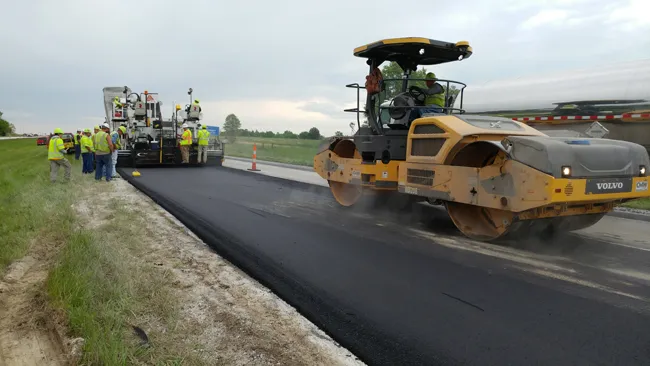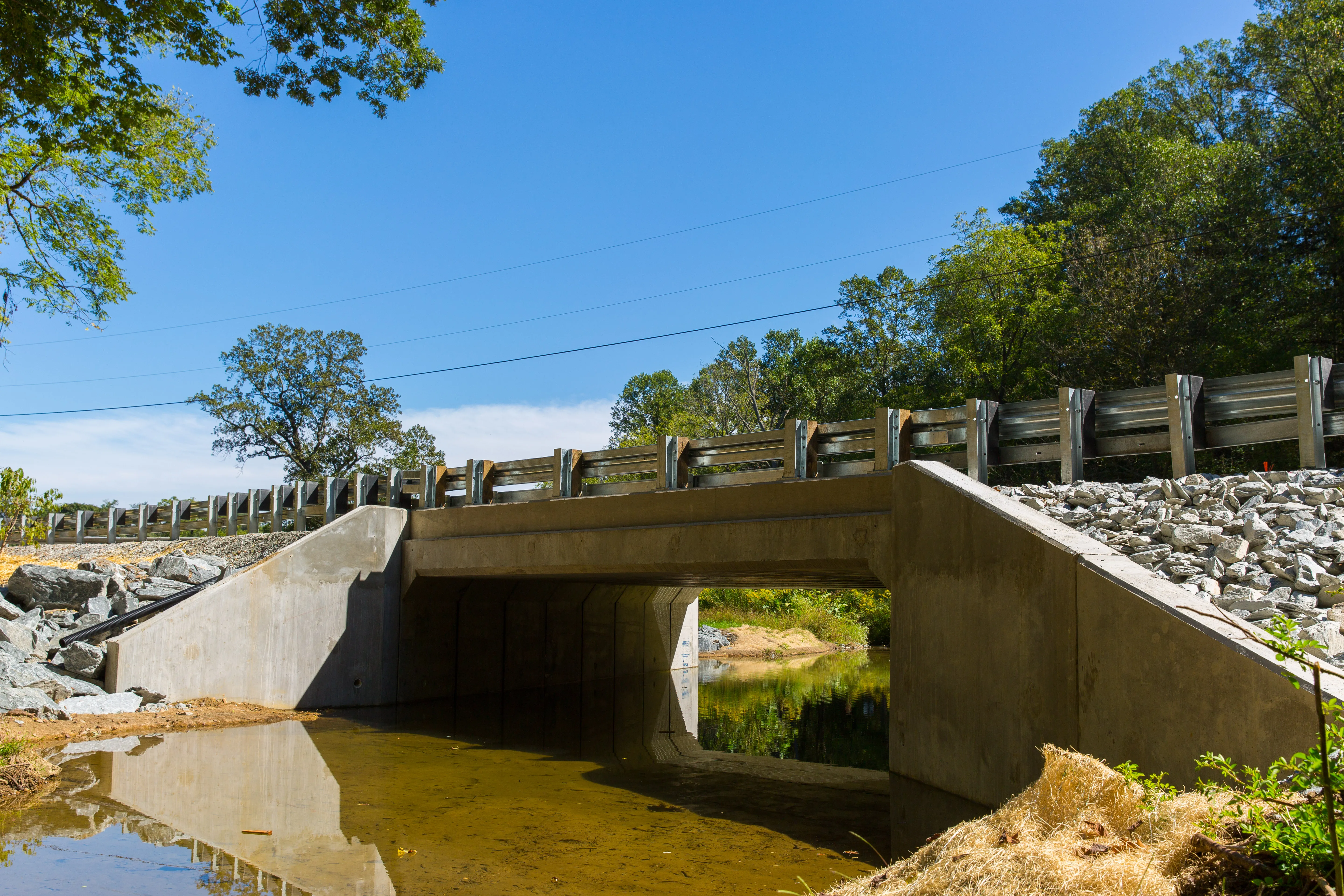Latvia’s interior affairs minister Sandis Ģirģens has ordered the closure of Deglava Bridge from today, 25 April, declaring is a safety risk.
“I believe there are enough factors to conclude this bridge puts people’s lives at risk,” said Ģirģens, as reported by national media.
If the city doesn’t close the bridge today, Ģirģens said the national State Police will.
Latvia's State Construction Control Bureau last week ordered the closure of the bridge after inspectors found that the bridge's supporting structures were damaged. The reconstruction project does not include works to repair the damages in full, according to the media.
The bureau has been putting pressure on the city council to explain why the bridge had not previously been closed due to what they said were safety issues.
The city, however, has reduce the vehicle weight limit to 30 tonnes on the four-lane overpass.
Lativa shuts down Riga’s Deglava Bridge amid safety concerns
Latvia’s interior affairs minister Sandis Ģirģens has ordered the closure of Deglava Bridge from today, 25 April, declaring is a safety risk.
“I believe there are enough factors to conclude this bridge puts people’s lives at risk,” said Ģirģens, as reported by national media.
If the city doesn’t close the bridge today, Ģirģens said the national State Police will.
Latvia's State Construction Control Bureau last week ordered the closure of the bridge after inspectors found that the bridge's supportin
April 23, 2019
Read time: 2 mins









